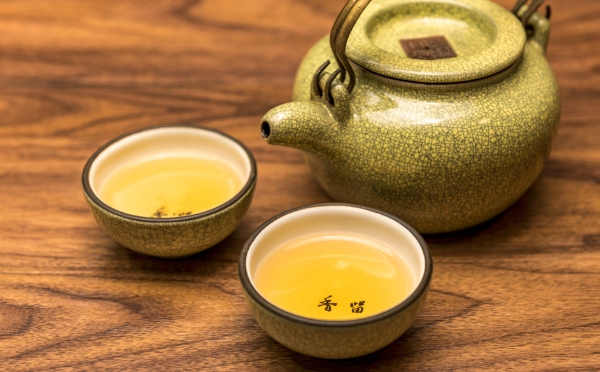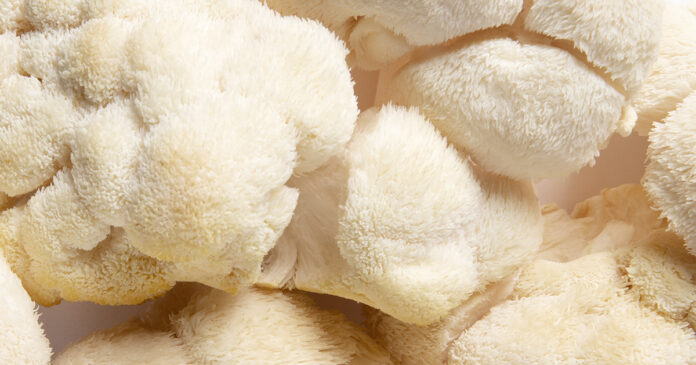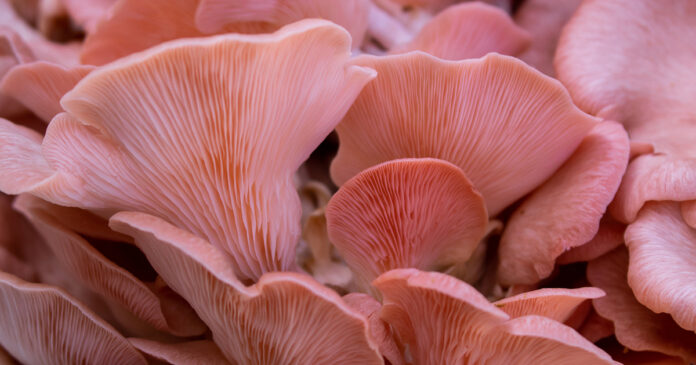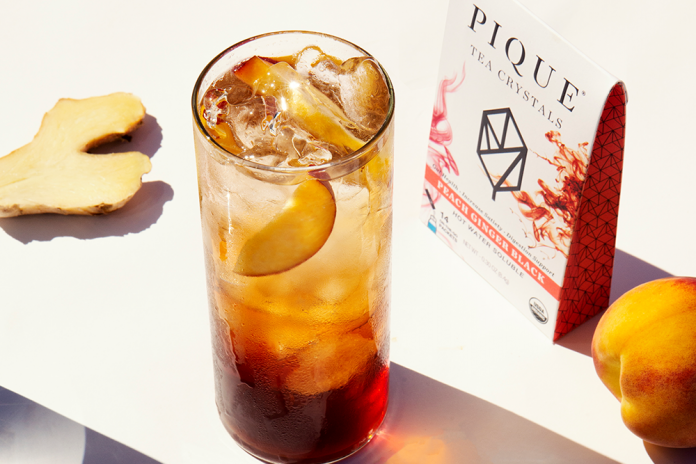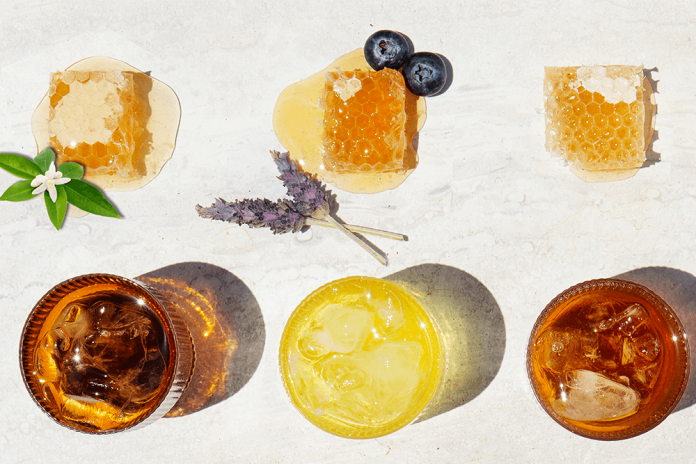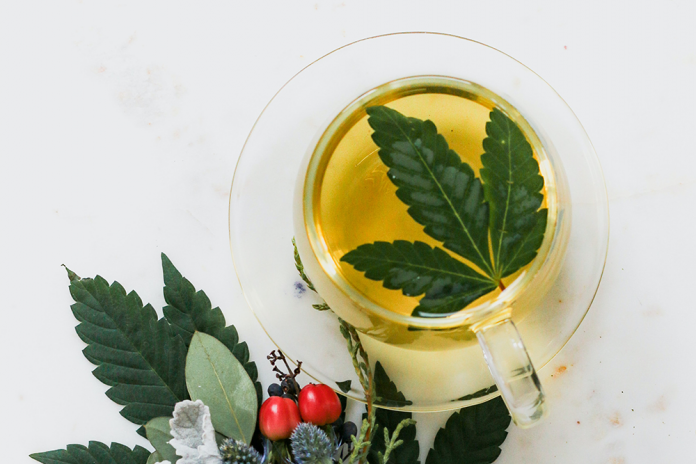If you’re here, it’s safe to guess you’ve brewed the tried and true tea classics: black tea, green tea, white tea, oolong tea, and some herbal infusions as well.
But have you heard of yellow tea?
It’s nowhere near as popular as its cousins, so we’re exploring why that might be, and also investigating the unique properties of yellow tea. It might just be the hidden tea gem you’ve been waiting to discover!
What is Yellow Tea?
This lesser-known Chinese tea variety is one of the six main tea types, including the four mentioned above as well as post-fermented or “pu-erh” tea.
It’s also the youngest of the teas. Though historical accounts vary, it’s thought that yellow tea wasn’t first created until the 14th or 15th century, during the Qing dynasty.
Yellow tea leaves share the same parent as the other five tea types: the tea plant Camellia sinensis. It is grown in the mountains of the Hunan, Zhejiang and Sichuan provinces of China (1).
So what makes yellow tea different, and why isn’t it as popular as the other varieties?
It comes down to unique harvesting and drying processes, which both contribute to this tea’s yellow color. Yellow tea gets its name from the hue of its leaves after the fermentation and oxidation process and the color of the final brew.
How is Yellow Tea Made?
Yellow tea starts out resembling green tea. The leaves are picked in early spring when they are still very young and delicate. Sometimes a mixture of young leaves and buds are used.
With yellow tea, it’s imperative that only the tips of the best quality leaves are used, as these will produce a lighter and less grassy flavor.
The leaves are then cooked to begin the drying process, but at a temperature and duration low enough to retain some moisture. This is where yellow tea diverges from green tea.
While green tea undergoes no oxidation, yellow tea is allowed to oxidize slightly – between 10% and 20% – before it is completely dried and oxidized, killing the enzymes that feed fermentation (2).
After the leaves dry and are roasted lightly, they are wrapped in cloth and left alone for several hours, when the lingering moisture continues to steam the leaves and fermentation begins.
The cooking, wrapping and steaming process can be repeated up to three times over the course of several days until the leaves are completely dried out. This additional step, called “sealed yellowing,” is what makes yellow tea unique from its siblings (3).
What does Yellow Tea Taste Like?
It’s this slight oxidation that gives yellow tea a smoother and less earthy taste than green tea, without creating the dark and roasty flavors found in oolong and black teas. The yellowing process also boosts antioxidant activity (4).
The flavor of yellow tea also depends on how much it is allowed to ferment. Some tea makers minimize fermentation to resemble green tea, which is more marketable because of its familiarity and popularity around the globe.
Yellow teas with a slightly longer fermentation period, however, have a less astringent and lightly roasted flavor with a hint of sweetness. The aroma is slightly malty, and said to resemble the odor of crispy rice (5).
Why is Yellow Tea So Rare?
Because of the multiple-day wrapping and steaming process, making yellow tea is more time-consuming and delicate. It takes expertise to achieve just the right level of fermentation and oxidation.
Today, there are very few tea masters in China who still specialize in this variety, making yellow tea the rarest and most expensive. In most cases, yellow tea is consumed by locals or used as a tribute tea (1).
For centuries, it was actually illegal to sell yellow tea abroad, which may be why it never gained as much of a global presence as other tea varieties.
What’s a Tribute Tea?
Up until the 1700s, it was customary for makers of fine tea to donate their best product to the emperor, who often used the tea for private consumption or to host special events such as dinners for visiting dignitaries.
Tribute teas, or gong cha, were enjoyed only by the upper class and not available for any other use. Yellow tea, given its rarity, craftsmanship and fine flavor, quickly became a favorite tribute tea.
Though this custom faded out roughly 300 years ago, yellow tea has maintained a reputation as an upper-echelon beverage.
Varieties of Yellow Tea
There are three varieties of yellow tea, determined by the type of leaves used and where they’re grown.
Jun Shan Yin Zhen tea is grown on the island of Jun Shan in Hunan province. This version is perhaps the most well-known because Jun Shan island itself is known for being only one square kilometer. Production of this variety is therefore limited and more sought-after. It was also said to be the favorite brew of Mao Zedong
The two remaining varieties of yellow tea are Meng Ding Huang Ya, which comes from Meng Ding Shan in Sichuan, and Mo Gan Huang Ya from Mo Gan Shan in Zhejiang.
Health Benefits of Yellow Tea
Yellow tea shares many of the health benefits of green tea, including a wealth of catechins, polyphenols and antioxidant activity. One study found that yellow tea actually had a higher concentration of the amino acid l-theanine than green tea (5).
Antioxidants reduce oxidative stress in the body and therefore have anti-inflammatory properties that help to support overall health. Multiple studies have found that a diet rich in antioxidants supports a healthy immune system, digestive and cardiovascular function, cardiovascular system, and weight management (3)(6)(7)(8).
Antioxidants, of course, are found in nearly all plant foods, especially colorful fruits and vegetables. Incorporating tea into a healthy diet boosts your antioxidant consumption and can help you reap the benefits of these polyphenol powerhouses.
As far as caffeine content, yellow tea has more than green tea, but less than black at around 40 to 50 mg per cup. Some studies have also found yellow tea to be good sources of vitamins B and C (9).
How to Brew Yellow Tea
Yellow tea makers have gone to great lengths to make sure their product doesn’t have green tea’s bitterness, so it’s vital not to draw out any bitterness by over-steeping the leaves or using water that’s boiling hot. The water should reach about 165 to 175 degrees Fahrenheit (10).
Before pouring the water over your leaves, though, it’s recommended to swish some hot water around the inside of your teacup. This creates a warm environment for your leaves and reduces the shock of the hot water. A ceramic teapot and teacup are recommended because of their ability to retain an even heat, but glassware is commonly used as well so you can watch the leaves unfurl and appreciate the unique color.
Use about one teaspoon of loose leaves per cup of water, and let them diffuse for about two to three minutes. The leaves can be reused up to six times, and each subsequent brew will have a more intense flavor (10).
The Final Scoop
Yellow tea may be hard to find but is definitely worth the search. This unique brew brings all of the antioxidant power of green tea without its sometimes harsh taste. Thanks to some light fermentation, it produces a mellow and slightly sweet flavor.
If you manage to get your hands on some of these unique leaves, make sure to use hot water (not boiling) and a short steep time for the perfect cup. When you take a sip, remember that you’re drinking the tea formerly only enjoyed only by Chinese royalty and aristocrats.
Happy sipping!
